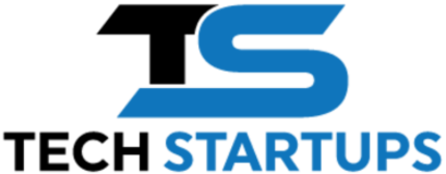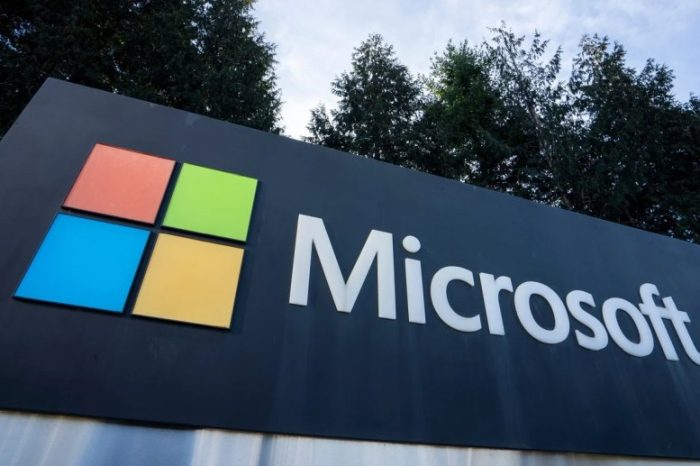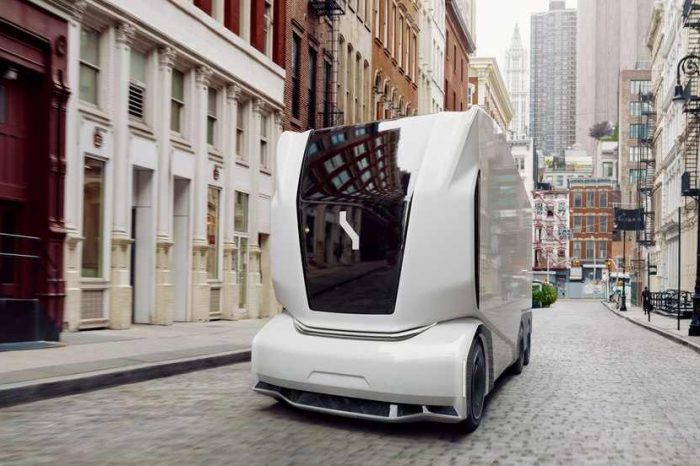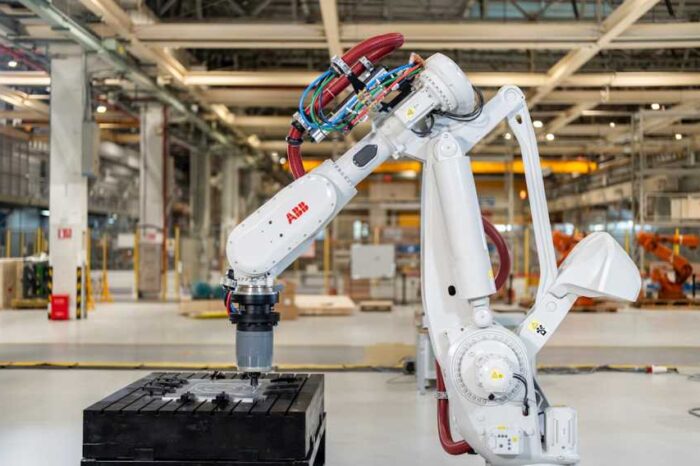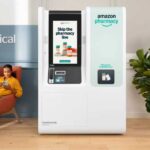Amazon launches prescription drug kiosks at One Medical clinics in LA, challenging traditional pharmacies
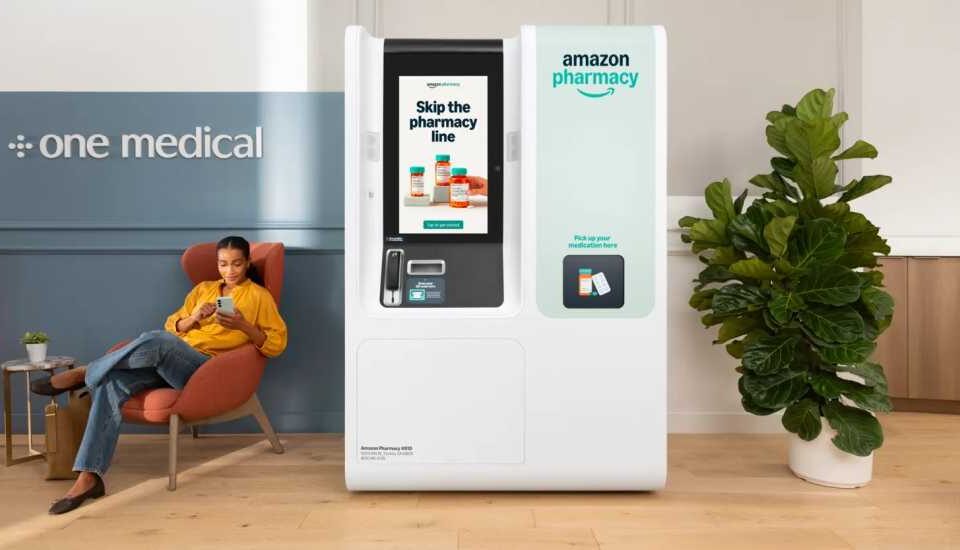
The kiosks, operated by Amazon Pharmacy, function much like vending machines. After a doctor’s visit, patients can pick up their prescriptions “within minutes,” bypassing the usual trip to a pharmacy. Each machine can hold hundreds of medications—ranging from antibiotics to inhalers and blood pressure treatments—stocked according to the needs of each clinic.
Hannah McClellan, Amazon Pharmacy’s vice president of operations, explained the thinking behind the rollout.
“We know that when patients have to make an extra trip to the pharmacy after seeing their doctor, many prescriptions never get filled,” she said. “By bringing the pharmacy directly to the point of care, we’re removing a critical barrier and helping patients start their treatment when it matters most — right away.”
This push comes as major pharmacy chains face mounting challenges. Rite Aid shut down all its remaining stores last week, marking the end of its nearly 63-year run in business. According to CNBC, Walgreens and CVS have also closed multiple locations over the past few years as they grapple with shrinking drug margins and heightened competition for everyday retail sales from giants like Amazon and Walmart.
Amazon has been steadily building its healthcare ambitions. In 2018, it acquired online pharmacy PillPack for about $750 million and followed up with the launch of Amazon Pharmacy in 2020. Two years later, Amazon acquired primary health care provider One Medical in 2022 for about $3.9 billion in cash, its third-largest acquisition ever. Along the way, the company experimented with telehealth services and reorganized its healthcare division into six units to speed up development following the departure of key executives.
The first wave of kiosks will appear at One Medical clinics in downtown LA, West LA, Beverly Hills, Long Beach, and West Hollywood. Amazon plans to expand to more locations soon. “Over time, we see real potential for this technology to extend to other environments — anywhere quick access to medication can make a difference,” McClellan said in an email.
Before patients can use a kiosk, their provider must send a prescription to Amazon Pharmacy for verification. Patients complete their order through the Amazon app and scan a QR code at the machine. A remote pharmacist conducts a final check before dispensing the medication. Patients can also speak with a pharmacist via video or phone call directly from the kiosk.
McClellan stressed that the kiosks are not replacing pharmacists. “This model keeps pharmacists at the center of the care experience while expanding how and where they can support patients,” she said.
For now, the kiosks are only available to in-person patients at One Medical clinics, and membership isn’t required to use them. If the rollout proves successful, Amazon could reshape how prescriptions are filled, putting pressure on pharmacy chains already struggling to keep up.
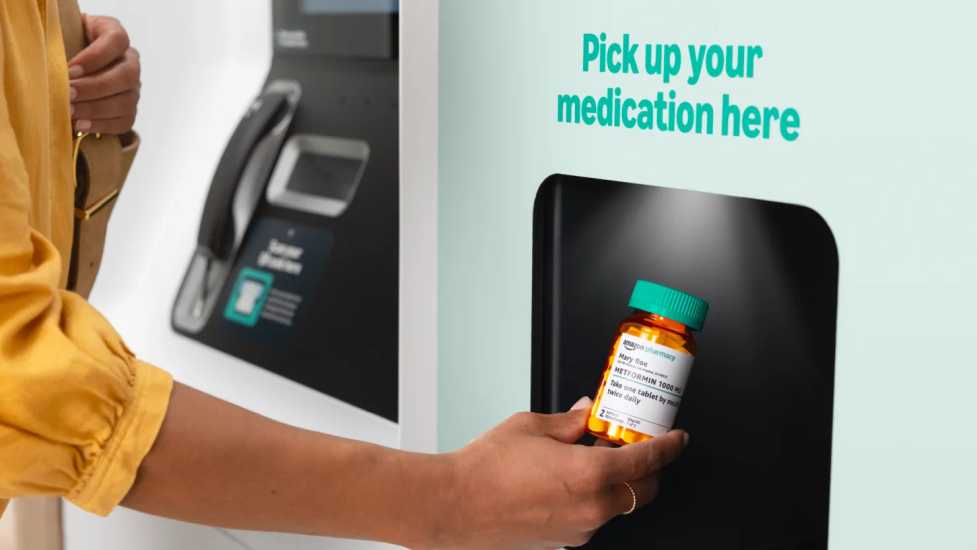
Credit: Amazon
